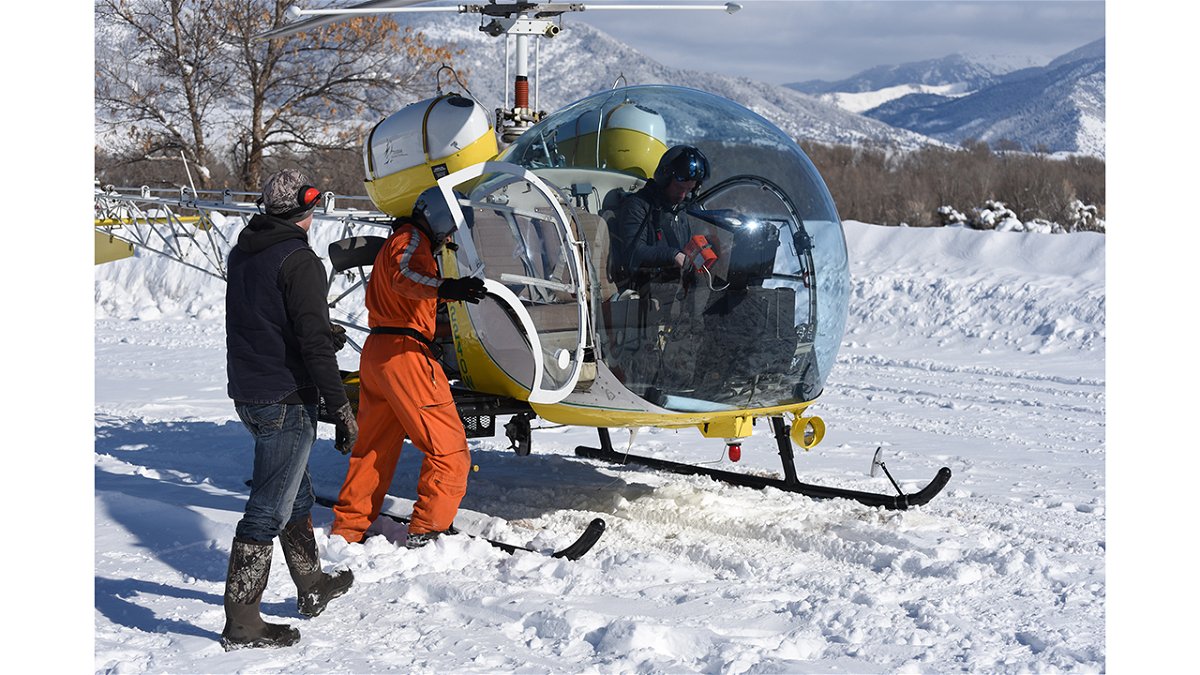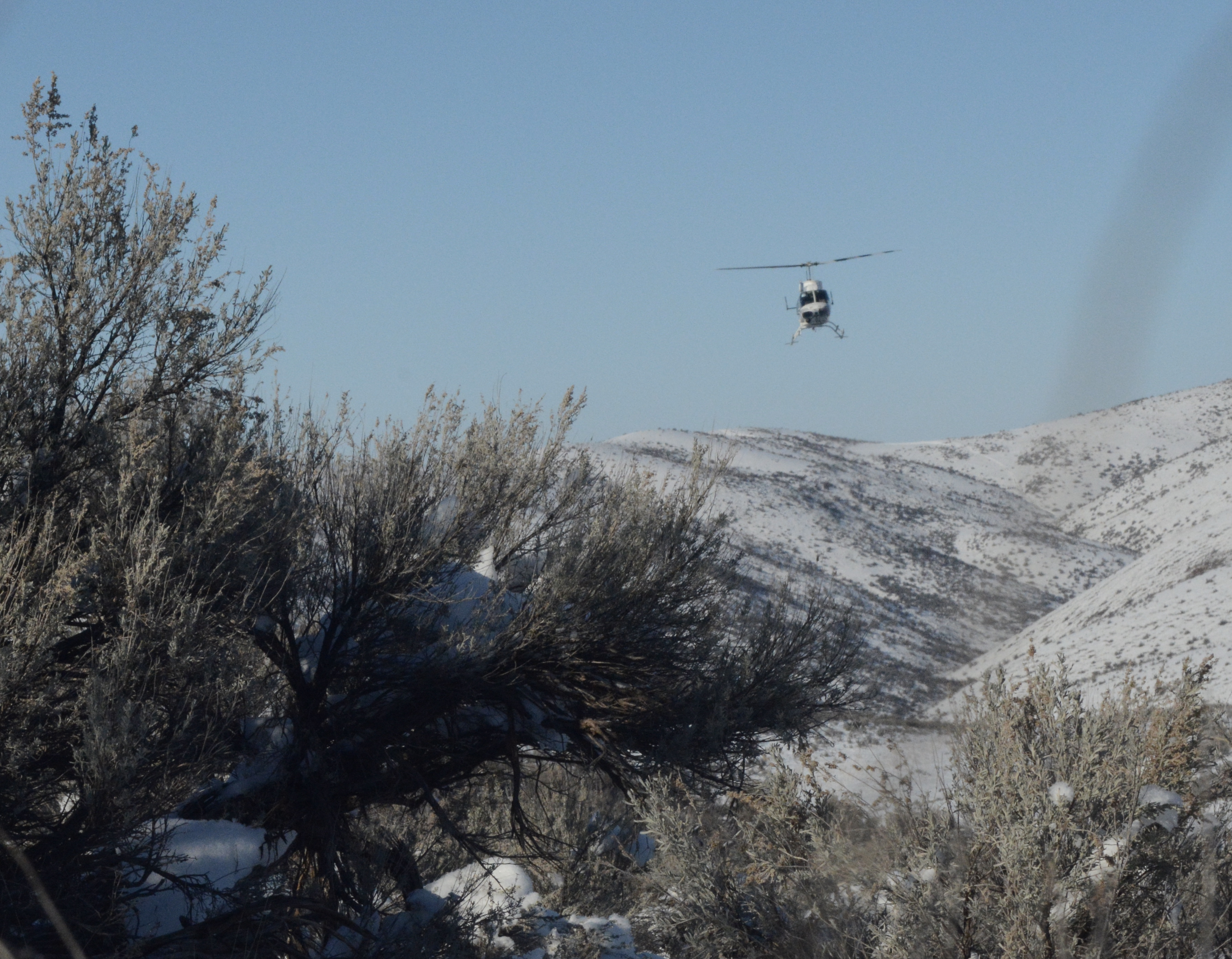Big game population surveys to occur through early January throughout the Magic Valley Region

MAGIC VALLEY, Idaho (KIFI) - Over the next several weeks, wildlife biologists from Fish and Game’s Magic Valley Region will be flying mule deer surveys across many of the region’s game management units.
The purpose of these surveys is to gather abundance and herd composition information which is used by game managers to evaluate population trends, herd productivity, survival and ultimately, will be used during big game season-setting discussions.
Area residents should be aware that they may see the survey helicopter flying low over the landscape over the next several weeks.
Logistics of surveys
Many assume that Fish and Game conducts deer surveys in every unit, every year. While this may seem logical, there are many different factors that influence how often population counts can occur across the state.
A population survey takes a significant amount of personnel time and resources to complete. Combine these costs with very high hourly rates to use helicopters, upwards of $1,500/hour, and the combined costs can easily exceed the annual budget allocated for population monitoring.
Add ever-changing weather and snow conditions to the mix, and what is thought of as a straight-forward task can become extremely difficult to complete.
Herd composition survey
Mule deer herd composition surveys are performed annually in many Data Analysis Units (DAUs) across the state. A DAU is comprised of multiple game management units. These surveys are typically conducted in early December to estimate fawn:doe and buck:doe ratios. Early winter fawn:doe ratios are a measure of fawn productivity for the first six months of life and are an important component to model and estimate deer populations into the future.

This year mule deer herd composition surveys will be conducted along the Bennett front and Thorn Creek Reservoir and Picabo Hills areas, as well as in the Black Pine and Jim Sage mountains and the South Hills beginning around December 10 and continuing for approximately three days.
Abundance surveys
In early January 2024 Fish and Game biologists will be conducting a mule deer abundance survey in the area north of the Snake River. During this multi-week survey, two helicopters will be used because of the extensive area encompassed by this survey.
An abundance survey counts deer within a specific DAU by flying a grid across winter ranges within the mule deer DAU. Typically, these surveys are flown in a helicopter every 4-5 years.
A typical abundance survey may take several weeks to complete and are usually flown between mid-January and early March to ensure deer are concentrated on low elevation winter ranges.
Not all deer are observed during an aerial abundance survey. There are a number of reasons why. Thick vegetation can conceal animals from observation and the lack of snow cover can make deer more difficult to detect. In addition, animals on the move or in large groups are much easier to observe than small groups of bedded animals. Because of this, Fish and Game has developed a “sightability model” which corrects the count to include animals not observed during survey.
As an example, a survey might physically count 10,000 deer on a winter range, but the sightability model will correct the estimate for those deer not seen. The model could “correct” the population estimate by 10-20%, depending on the conditions (snow cover and vegetation) and animal behavior (group sizes and activity) at the time of the survey.
Many western states have now adopted Idaho’s survey protocols and sightability models to estimate their own big game populations.
Big game capture
Finally, in late December and early January helicopter operations will also be used to place radio collars on mule deer fawns in the South Hills, Bennett front and Picabo Hills area and elk calves along the Bennett front. Capture operations will use both drive nets and net gunning to capture fawns and net gunning to capture elk calves. The information gained from these projects will be used to estimate the health and survival of mule deer fawns and elk calves and document seasonal movements.

For more information about big game management in the Magic Valley Region contact the regional office at (208) 324-4359.






